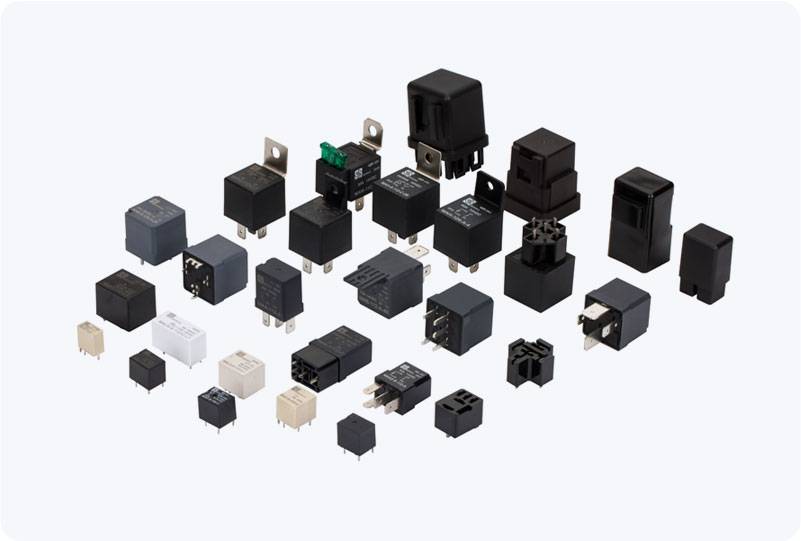understanding low voltage dc relay: principles, applications, and advantages
Release time:2025-08-27 02:56:47
In the realm of electrical engineering, low voltage DC relays are indispensable components designed to control and manage electrical circuits effectively. As the world increasingly gravitates towards automation and smart technologies, the significance of low voltage DC relays has surged. This article explores the principles, applications, and advantages of low voltage DC relays, shedding light on their critical role in contemporary electrical systems.

Principles of Low Voltage DC Relay
A low voltage DC relay operates based on fundamental electromagnetic principles. At its core, the relay consists of an electromagnetic coil, a movable armature, and contact points (commonly known as the static and moving contacts). When a low voltage DC power supply energizes the coil, it generates a magnetic field strong enough to attract the armature towards it, effectively closing or opening the circuit connected to the static contacts.
The configuration of these contacts can vary depending on the relay design. Common configurations include Single Pole Single Throw (SPST), Single Pole Double Throw (SPDT), and others, allowing for various switching capabilities. When the coil is de-energized, the armature returns to its default position, which can either break or maintain the circuit connection, depending on the relay type. This on-off switching mechanism is crucial for controlling high power loads with minimal control voltage.

